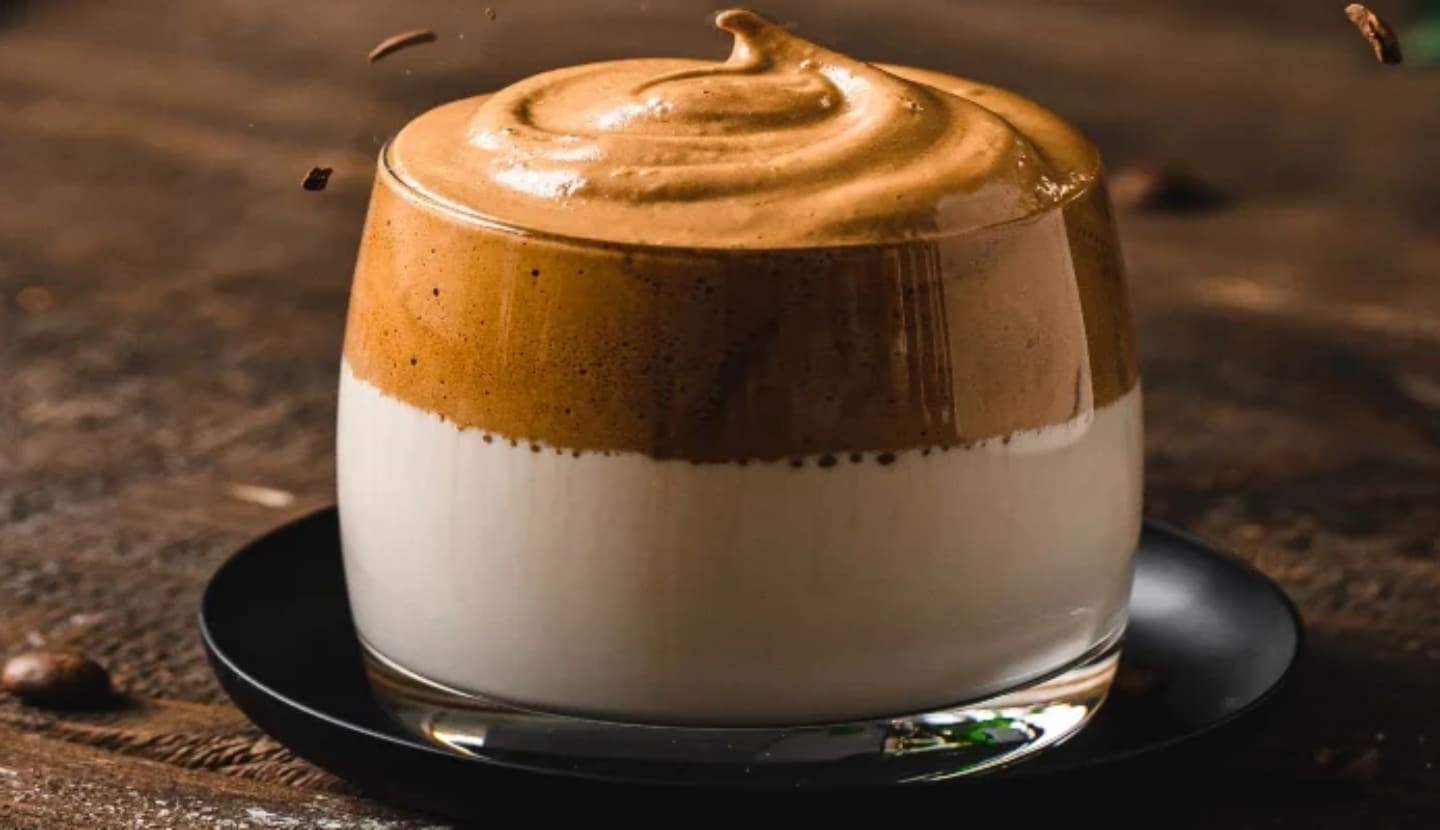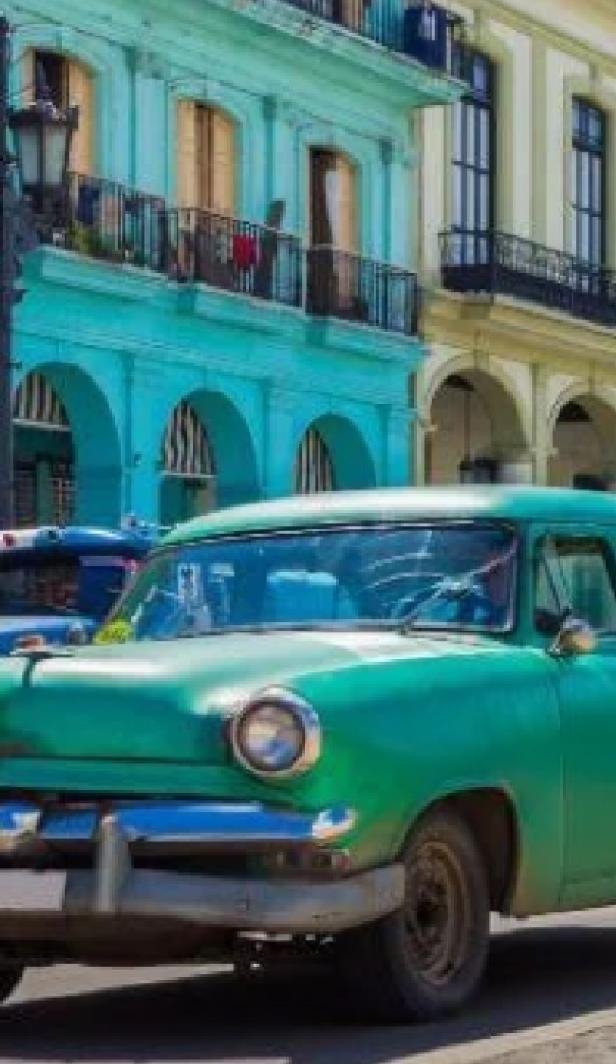History of South Korean Coffee
The history of South Korean coffee starts in 1896. With coffee arriving in South Korea, the first South Korean cafés, called “dabang”, developed in the early 1900s. In the beginning, only the wealthy could afford the new western drink and coffee was a representation of modernisation. When coffee was first introduced to South Korea, people were in disarray about how to drink it, and because the coffee was bitter, it was consumed like hard liquor. It was served in small glasses then downed in one shot.
In South Korea their coffee was originally served in a “dabang”, which translates to tearoom (da = tea, bang = room). Emerging during the Japanese colonial period around 1923, the first dabang was opened in the Sontag Hotel. The dabang was a traditional place where tea, coffee, and other non-alcoholic drinks would be served.
Other dabang’s popped up around Seoul, as the elite became more enamoured with West European culture. These early dabang’s were a gathering place for South Korean artists, politicians, writers and intellectuals. Until the 1950s, these local dabang’s were places for the wealthy to gather and enjoy up and coming emerging Korean art.
The armistice in 1953 sparked the rebuilding and care about creating fancy coffee shops. From the 1960s to the 1980s, South Korean coffee culture saw a reawakening, the debang opened its doors to any and every one to meet with friends and family, it was no longer only exclusively for the elite and artists.
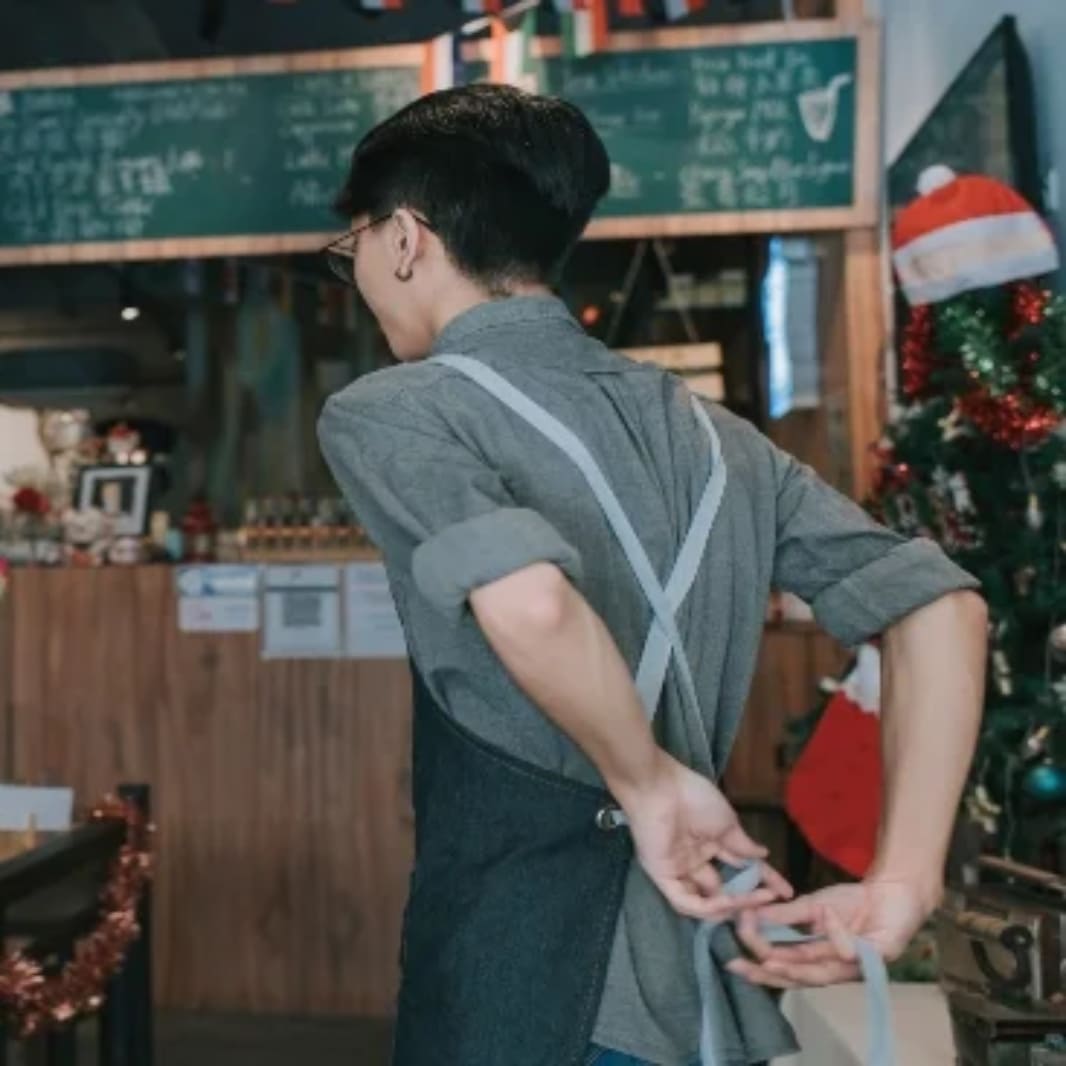
South Korean Coffee Culture
In comparison to other coffee drinking countries, coffee was introduced to South Korea quite late, which is a reason why their coffee culture is ever changing and constantly evolving and growing. It was only in the 1980s that coffee began to gain power.
For many in South Korea, coffee is more than just a drink, it plays a rather large role in Korean lifestyle. Grabbing a coffee during lunch hour has become part of the daily routine, and going to a café is not only for a drink, but to also enjoy moments of rest when sitting together for a chat, with a coffee in hand. South Korean coffee culture is defined by its variety of cafés and also the coffee menu. As with most countries, there is a variety of large chain coffee shops, however there are also a lot of small boutique cafés.
Cafés are the host of many daily activities, ranging from second offices to date spots. Cafés are the places to see or to be seen. What South Korea is great at doing is following trends, and one of the best places to catch the next trend is within the four walls of a café. In South Korea, image plays a very important role in daily life, so people will get dressed up to go and grab an americano, which is said to be the favourite amongst most South Koreans.
The café experience itself plays a big part in the way South Koreans enjoy their coffee. This seems to have led to an increase in themed cafés, which in turn has led to an increase in coffee consumption. Along with the increase in consumption, these themed cafés have caught the eye of many visitors to South Korea. The café culture that has arisen from this beverage has shaped the modern South Korean culture and has become a unique part of South Korean identity.
Cat in Café
This is perhaps one of the most notable themed cafés not just in South Korea, but around the world. But in Seoul it is not unusual to come across a café in which one can enjoy their coffee in the company of other, more exotic animals, not just your usual cat and dog café.
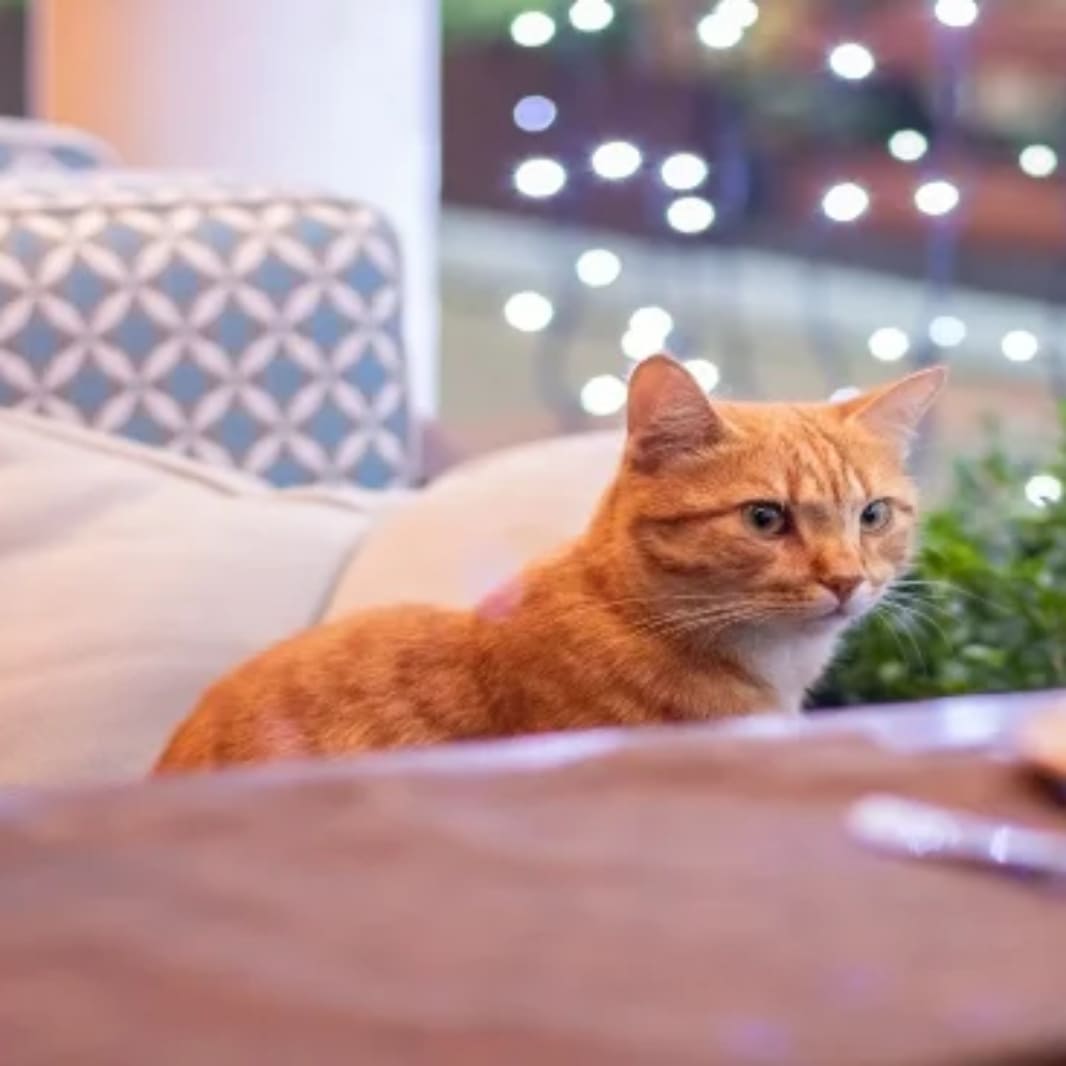
Artsy Entertainment
Art and coffee tend to go hand-in-hand, especially in South Korean coffee culture. Among the many themed cafés, there are quite a few that offer more than coffee and exotic animals. Some cafés serve a variety of drinks, watercolour paints, and an endless supply of paper for you to colour in and unleash your artistic flare on. There are also cafés for the more serious of artists, which double up as an art museum, as well as a café.
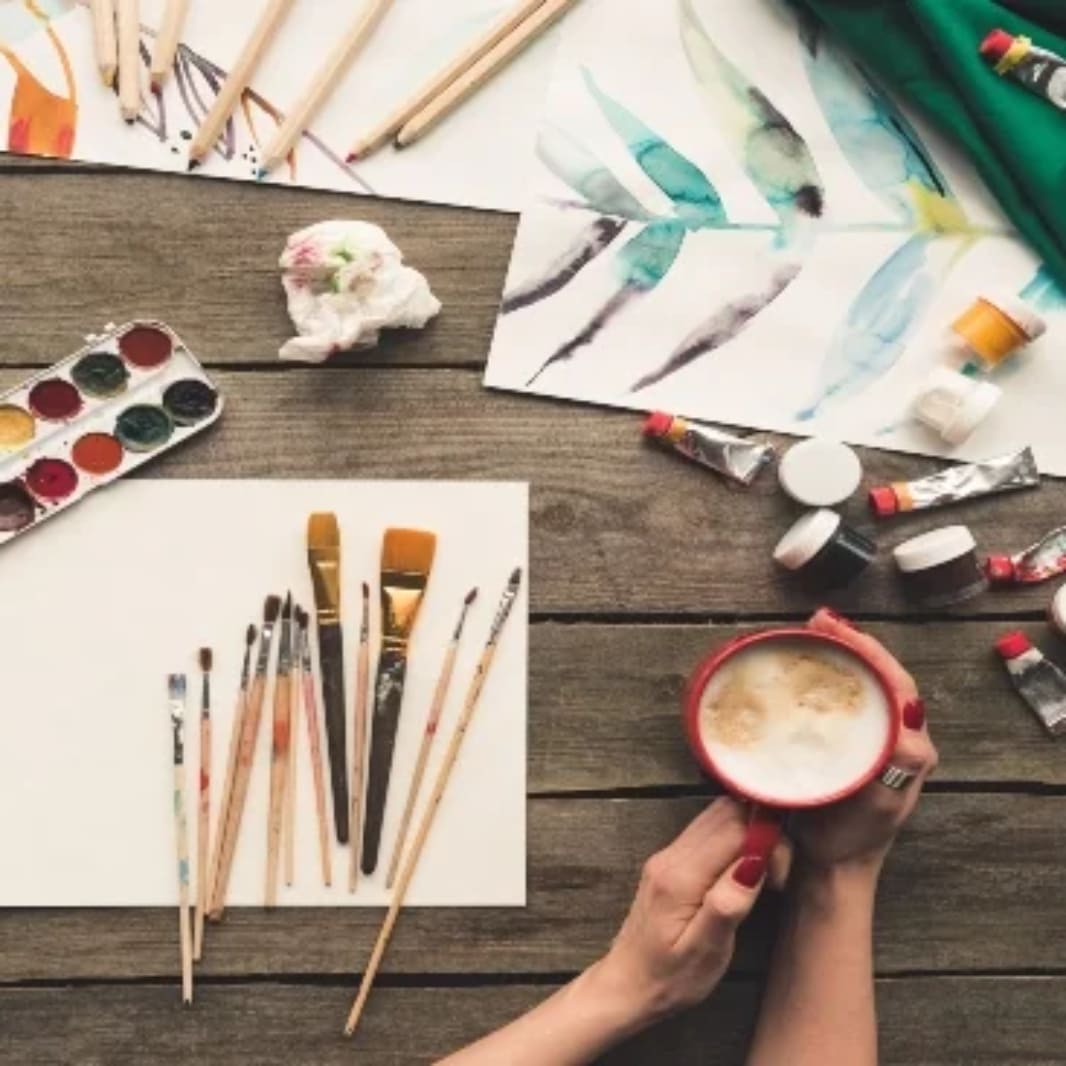
Café games
There are cafés for those who aren’t interested in painting or animals at all. South Korean coffee culture as we well know, is not one for sticking with the same trends. So why not make a café for gamers? No, not the online sort, but more like Lego or board games gamers. Even though these were widely popular, these board games cafés are now said to be fading out.
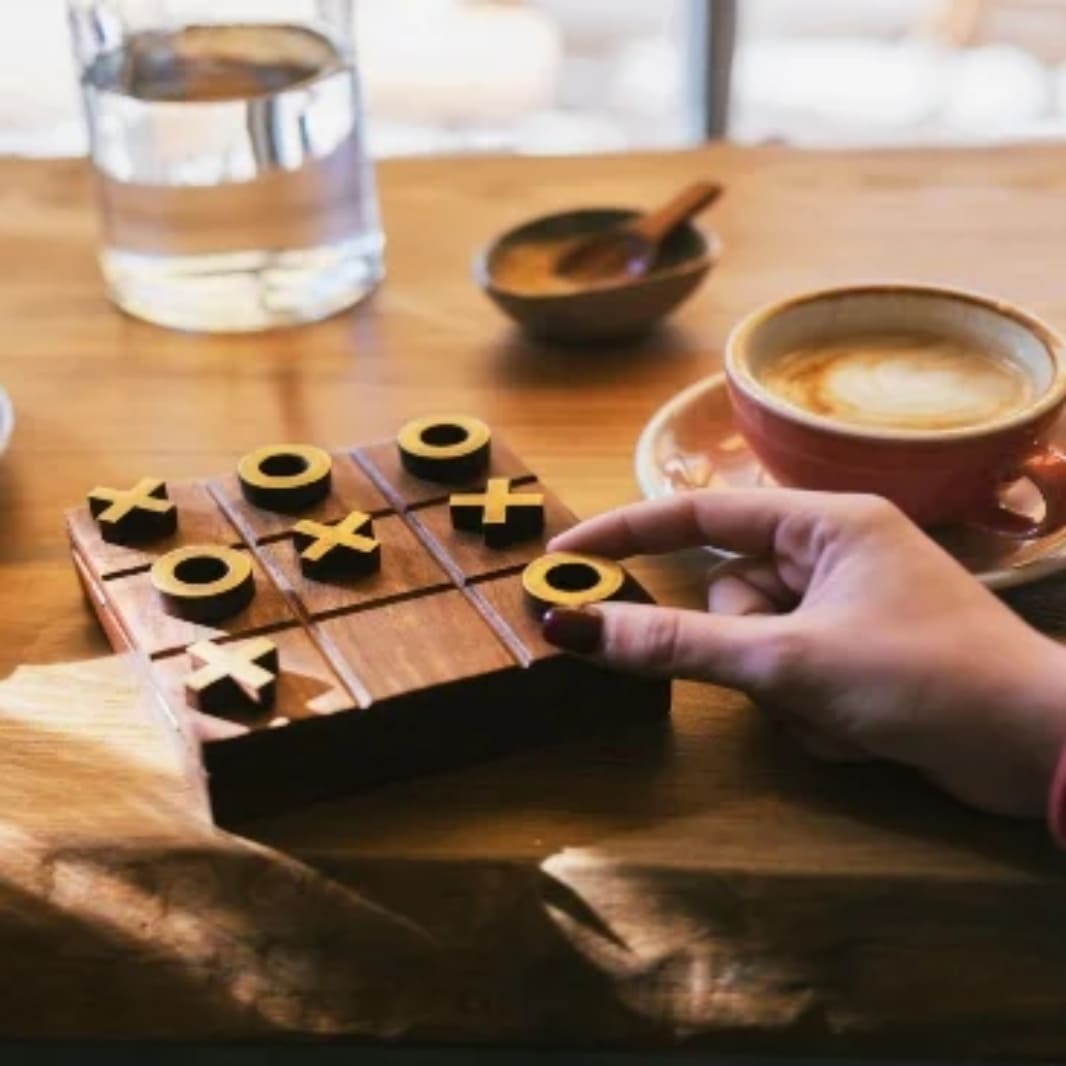
The English-Speaker’s Oasis
For new and returning visitors to South Korea, it wouldn’t be a bad idea to check out the cafés created to give travellers the opportunity to learn some Korean, as well as find out places to go and things to do in South Korea.
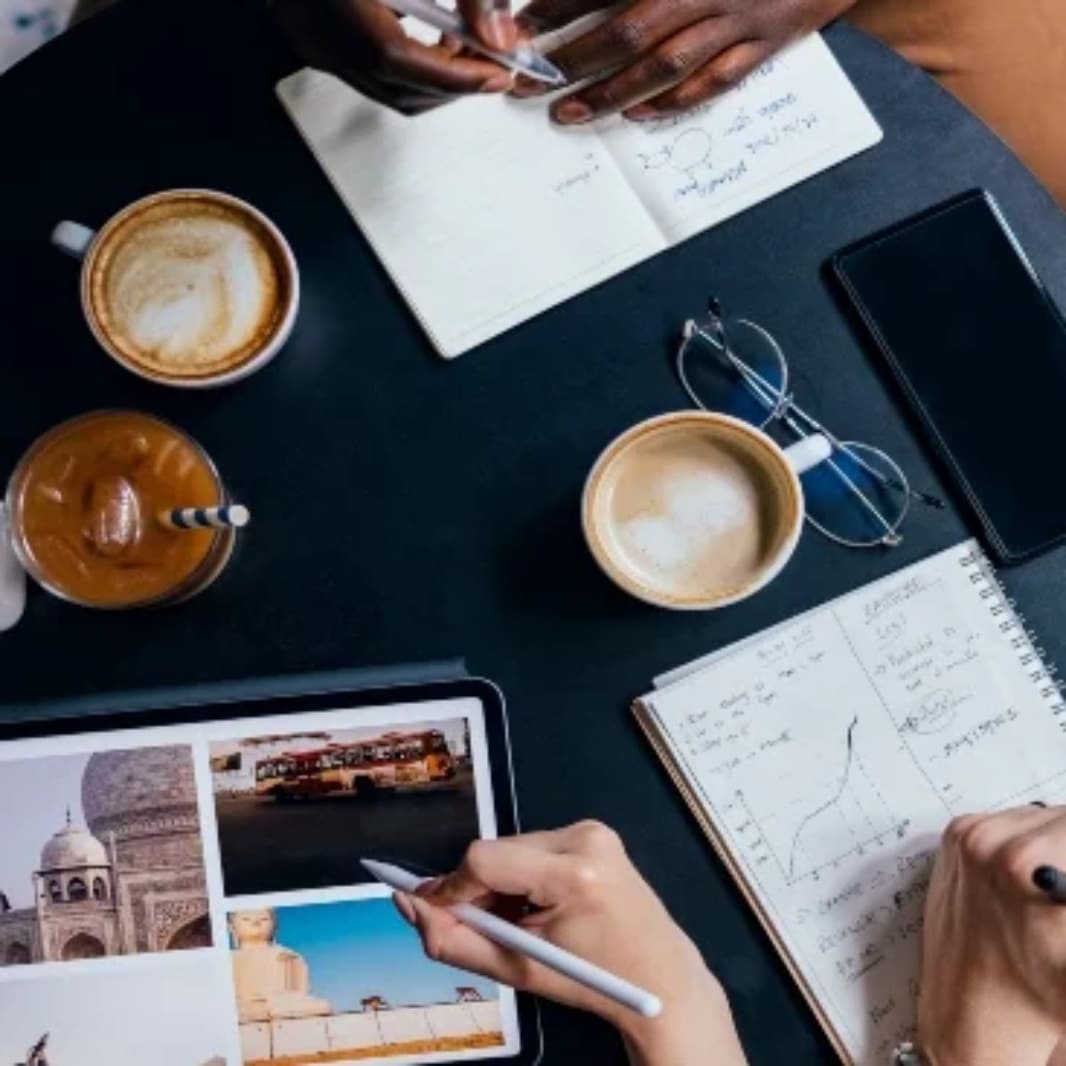
Korean Dalgona Coffee
Speaking of fashion trends and coffee, South Korea is home to the viral Dalgona coffee. Dalgona coffee is actually ‘beaten coffee’, it was first mentioned on a Korean TV programme, and since has been a coffee enjoyed by many across South Korea and the world.
The name Dalgona originated from an old fashion South Korean Street snack, which has a similar taste to honeycomb toffee, which translates roughly to “it’s sweet”. While the sweet street snack originated in Busan in the 1960s, the popularity of the Dalgona coffee has spiked as viral trends hit social media platforms. The coffee is made with four simple ingredients: coffee, sugar, milk and hot water. Many people say that Dalgona coffee is just like a frappe or cappuccino, served upside down.
All around Seoul, locals and visitors alike are provided with a vast array of cafés to choose from. South Korea has established an incomparable coffee culture, resulting from the café boom. The café market has become saturated over time and has encouraged some creative and unique concepts to distinguish themselves.
Grabbing a South Korean coffee is more than just having a drink, it’s about having a great experience. You can find anything from cat, dog, or raccoon cafés, to art, board game and virtual reality cafés. Not only is their atmosphere special, but so are the drinks on their menus. Besides the usual coffee options, you will find unique recipes such as popcorn latte or Dalgona coffee.
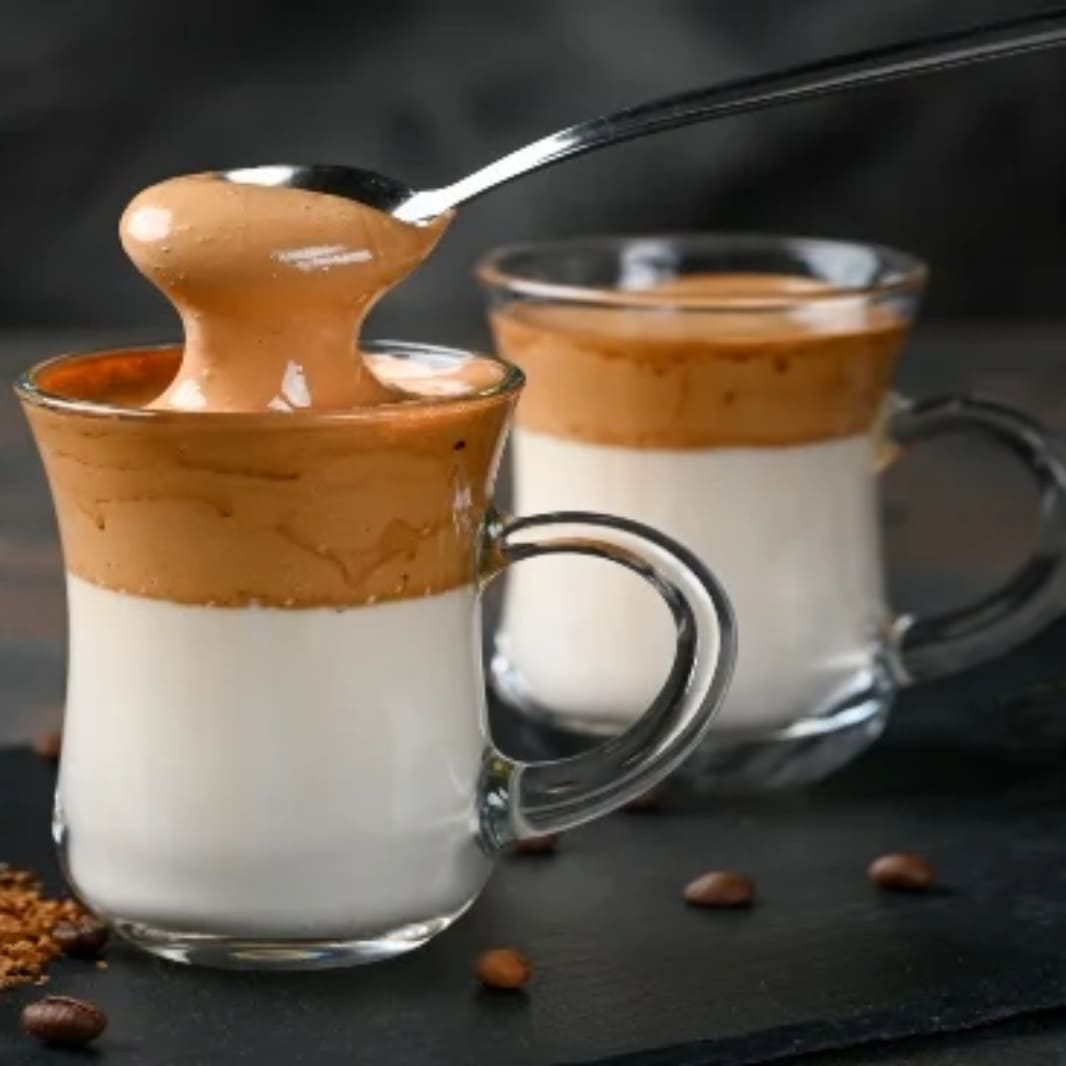
That’s the end of our South Korean coffee journey and the fascinating culture that comes with it! If you want to continue your journey around the coffee hotspots of the world, then why not read our guide on Indian Coffee, next?
Today’s community favourites


